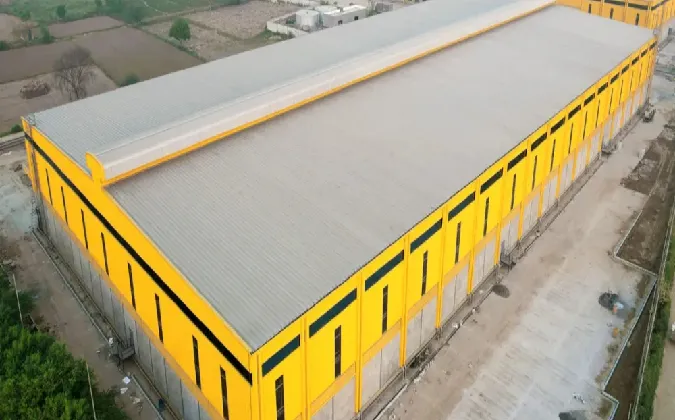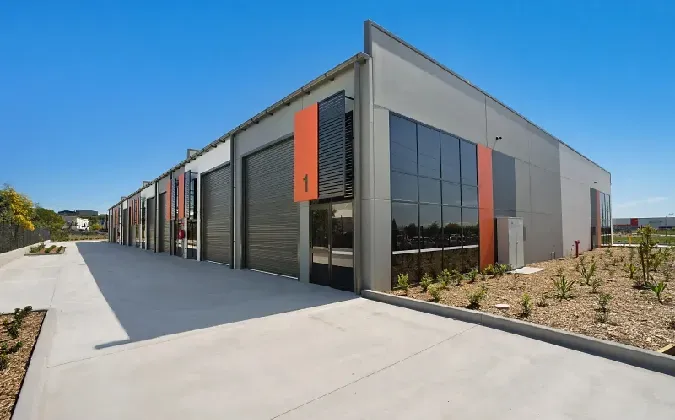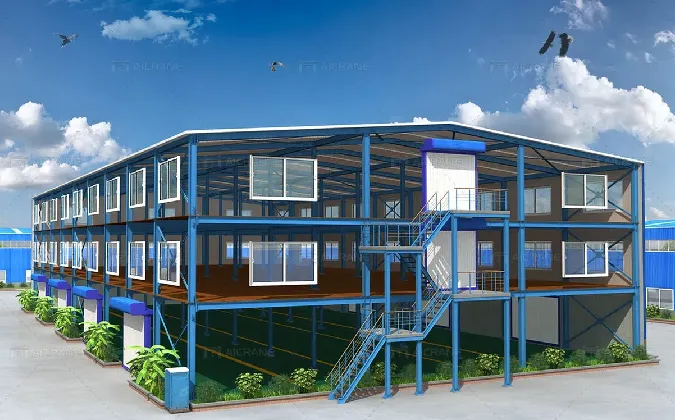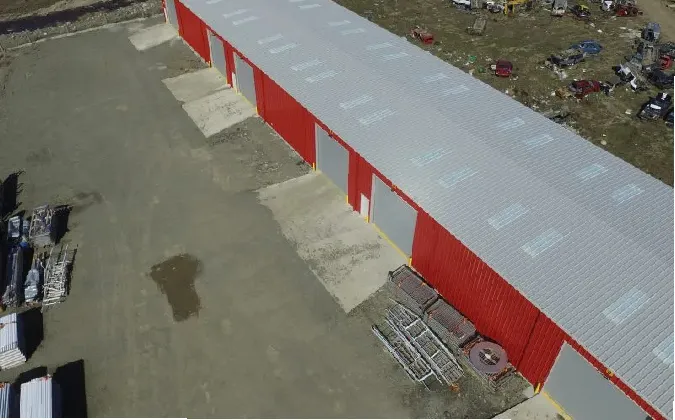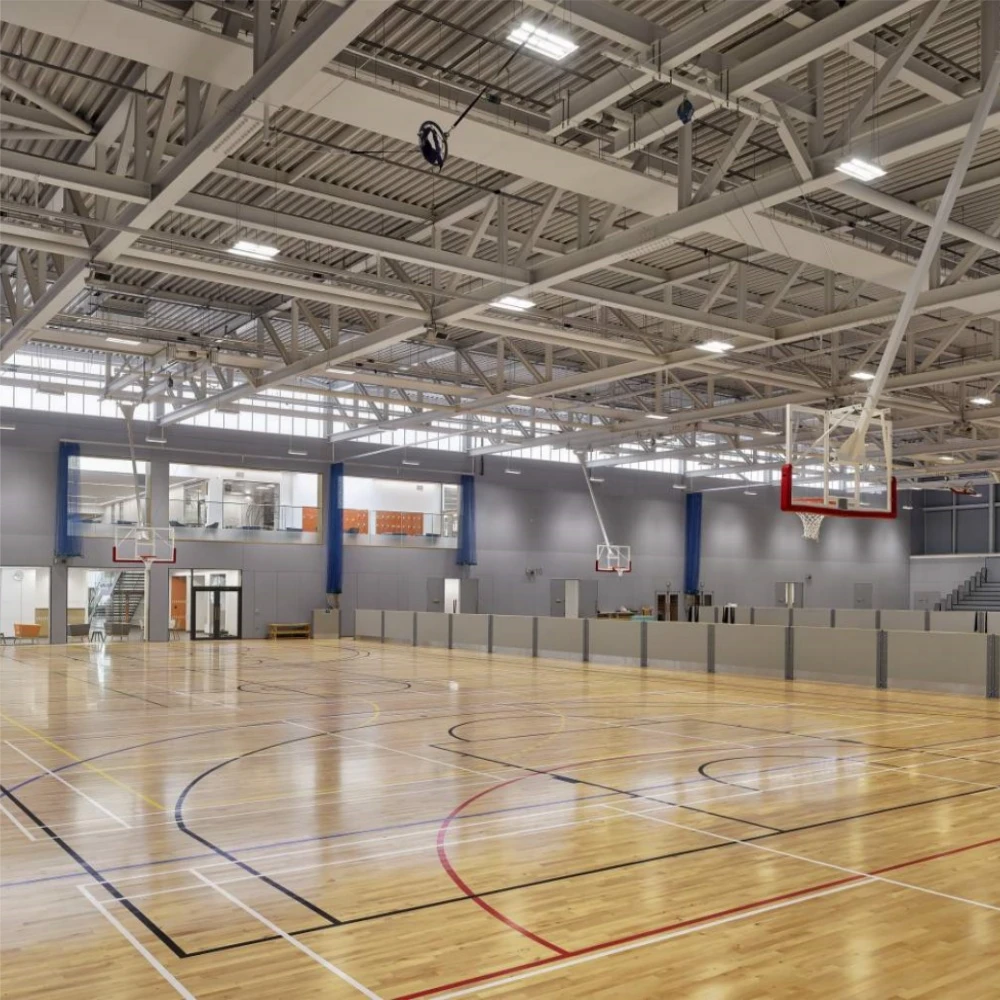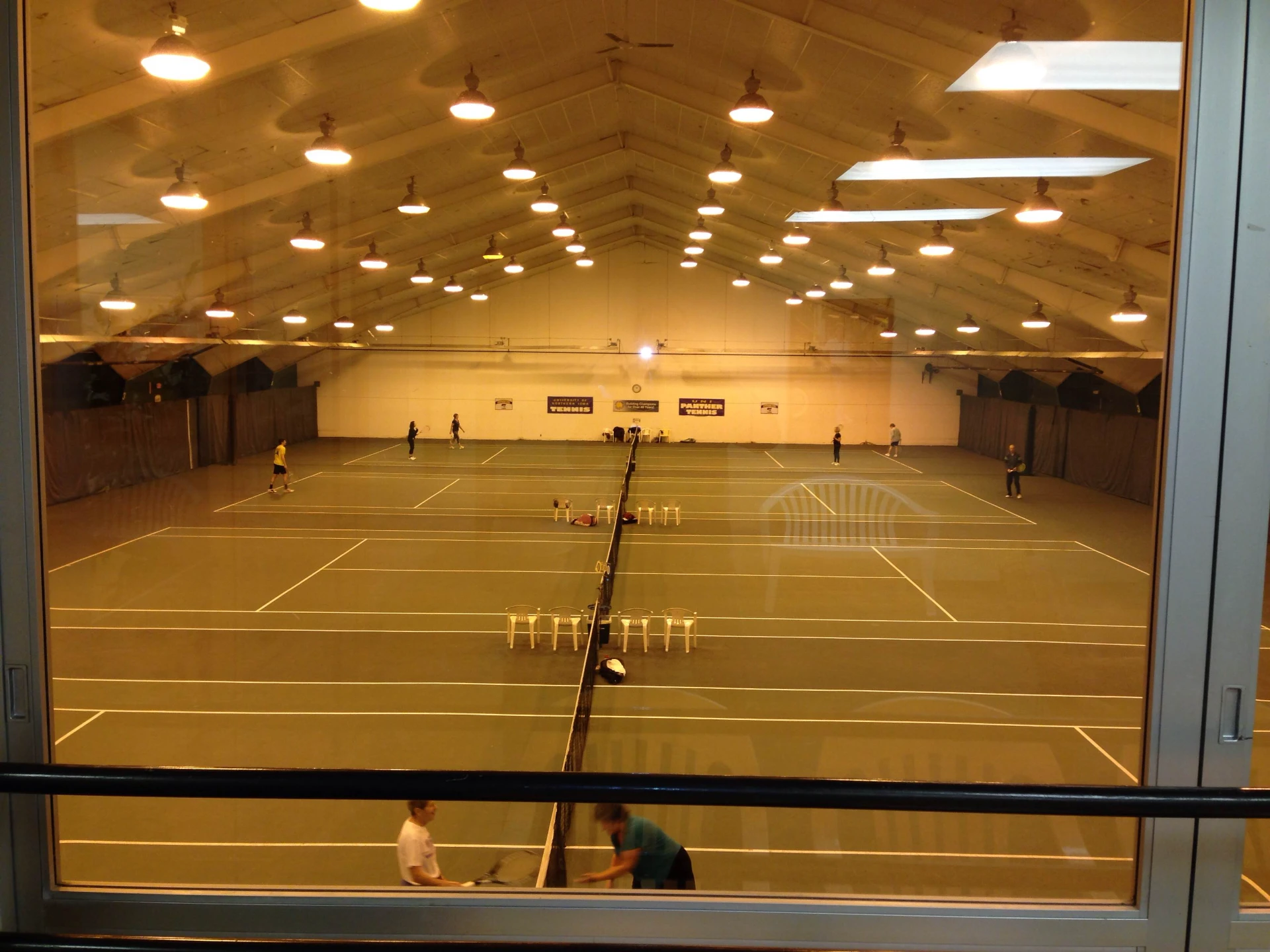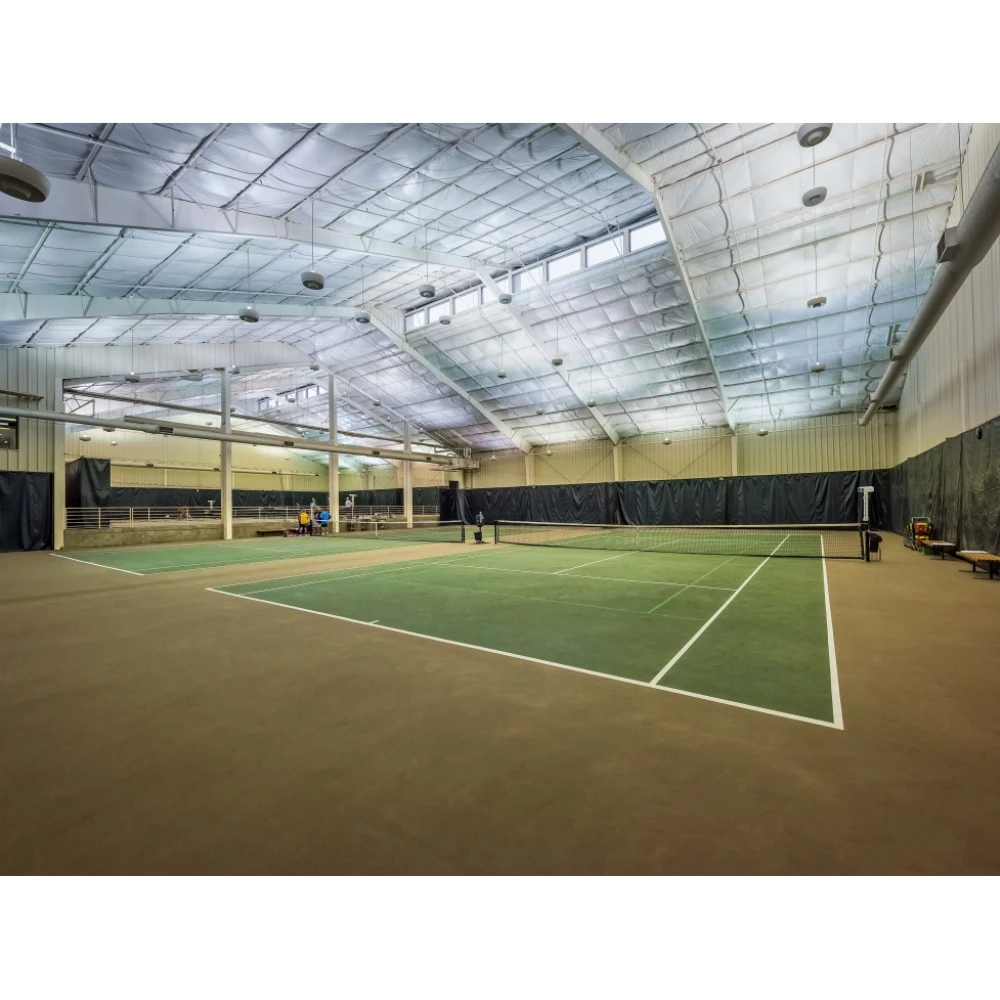- Afrikaans
- Albanian
- Amharic
- Arabic
- Armenian
- Azerbaijani
- Basque
- Belarusian
- Bengali
- Bosnian
- Bulgarian
- Catalan
- Cebuano
- Corsican
- Croatian
- Czech
- Danish
- Dutch
- English
- Esperanto
- Estonian
- Finnish
- French
- Frisian
- Galician
- Georgian
- German
- Greek
- Gujarati
- Haitian Creole
- hausa
- hawaiian
- Hebrew
- Hindi
- Miao
- Hungarian
- Icelandic
- igbo
- Indonesian
- irish
- Italian
- Japanese
- Javanese
- Kannada
- kazakh
- Khmer
- Rwandese
- Korean
- Kurdish
- Kyrgyz
- Lao
- Latin
- Latvian
- Lithuanian
- Luxembourgish
- Macedonian
- Malgashi
- Malay
- Malayalam
- Maltese
- Maori
- Marathi
- Mongolian
- Myanmar
- Nepali
- Norwegian
- Norwegian
- Occitan
- Pashto
- Persian
- Polish
- Portuguese
- Punjabi
- Romanian
- Russian
- Samoan
- Scottish Gaelic
- Serbian
- Sesotho
- Shona
- Sindhi
- Sinhala
- Slovak
- Slovenian
- Somali
- Spanish
- Sundanese
- Swahili
- Swedish
- Tagalog
- Tajik
- Tamil
- Tatar
- Telugu
- Thai
- Turkish
- Turkmen
- Ukrainian
- Urdu
- Uighur
- Uzbek
- Vietnamese
- Welsh
- Bantu
- Yiddish
- Yoruba
- Zulu
Aug . 12, 2024 05:48 Back to list
Industrial Building Design Balancing Functionality and Aesthetics
The design of industrial buildings has evolved significantly over the years, moving from mere functional structures to multifaceted spaces that embody both utility and aesthetic appeal. As industries advance and the need for sustainable practices rises, industrial building design faces unique challenges and opportunities. This article delves into the essential components of industrial building design, emphasizing the importance of combining functionality with innovative architectural elements.
Historical Context
Historically, industrial buildings were designed with a singular focus on functionality, prioritizing space for machinery, storage, and labor. The architecture was often utilitarian, characterized by simple forms and robust materials such as brick, concrete, and steel. Factories, warehouses, and manufacturing plants were typically constructed without consideration for surrounding environments or the wellbeing of workers. However, as the industrial landscape has changed, so too has the approach to design. Today's industrial buildings are increasingly viewed as integral components of their communities, influencing everything from worker productivity to environmental sustainability.
Key Considerations in Design
1. Functionality The primary purpose of an industrial building is to facilitate operations. Therefore, functionality remains paramount. Designers must consider workflow, equipment layout, and space for storage and office areas. An efficient design minimizes movement waste and maximizes productivity, often incorporating modular layouts that can adapt to changing needs. For instance, incorporating high ceilings and open floor plans allows for the easy maneuverability of large machinery and raw materials.
industrial building design
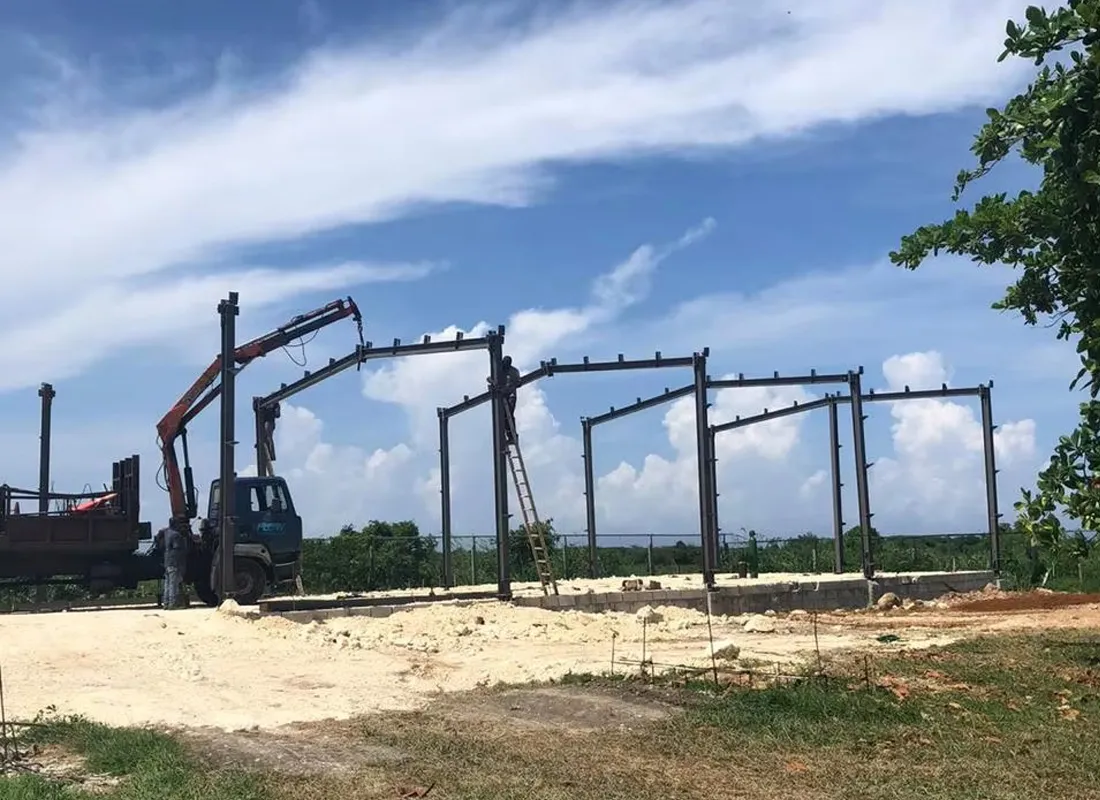
2. Sustainability As environmental concerns rise, sustainable design has become a critical aspect of industrial building projects. This includes utilizing eco-friendly materials, energy-efficient systems, and integrating renewable energy sources like solar panels. LEED (Leadership in Energy and Environmental Design) certification is now a sought-after standard, encouraging architects to pursue innovative methods that reduce carbon footprints and promote sustainability. Moreover, designing for natural light and ventilation can significantly reduce energy usage while enhancing workplace comfort.
3. Safety and Ergonomics Prioritizing worker safety is non-negotiable in industrial design. Effective designs incorporate safety features such as proper lighting, clear signage, and strategic layouts that reduce hazards. Ergonomic considerations also play a vital role; designing workspaces that accommodate human factors can decrease the risk of injuries and improve productivity. Additionally, incorporating relaxation areas or green spaces can contribute positively to employee morale and overall well-being.
4. Aesthetic Integration While the functionality of industrial buildings is vital, aesthetics should not be overlooked. The modern trend leans towards creating vibrant and visually appealing structures that blend into their surroundings. Using materials that reflect local culture, incorporating art installations, and ensuring that the building engages with the community can enhance its appeal. Architects often aim to create landmark structures that represent innovation and creativity, transforming industrial sites into sources of local pride.
5. Technological Adaptation The rise of smart technology offers exciting possibilities for industrial building design. Integrating IoT (Internet of Things) devices can optimize operational efficiency and improve real-time monitoring of systems. Furthermore, incorporating automation and robotics into design can revolutionize workflows, making spaces more adaptable to future technological advancements.
Conclusion
In conclusion, industrial building design is an evolving discipline that balances functionality with creative aesthetics. As industries continue to innovate, the need for thoughtful design that embraces sustainability, safety, and technology is more crucial than ever. A well-designed industrial building not only serves its primary purpose but also contributes positively to its environment and the community. The future of industrial design lies in embracing these principles, creating spaces that are functional, sustainable, and visually inspiring.
-
How Do Prefabricated Steel Structures Transform Modern Construction?
NewsJul.14,2025
-
How Do Prefabricated Metal Buildings Redefine Modern Construction?
NewsJul.14,2025
-
How Do Prefab Insulated Metal Buildings and Steel Structures Revolutionize Modern Construction?
NewsJul.14,2025
-
How Do Pre - Engineered Steel Structures Redefine Modern Construction?
NewsJul.14,2025
-
Advancing Modular Construction with Prefabricated Metal Structures
NewsJul.14,2025
-
Advancing Industrial Infrastructure with Prefabricated Steel Solutions
NewsJul.14,2025
Products categories
Our Latest News
We have a professional design team and an excellent production and construction team.






